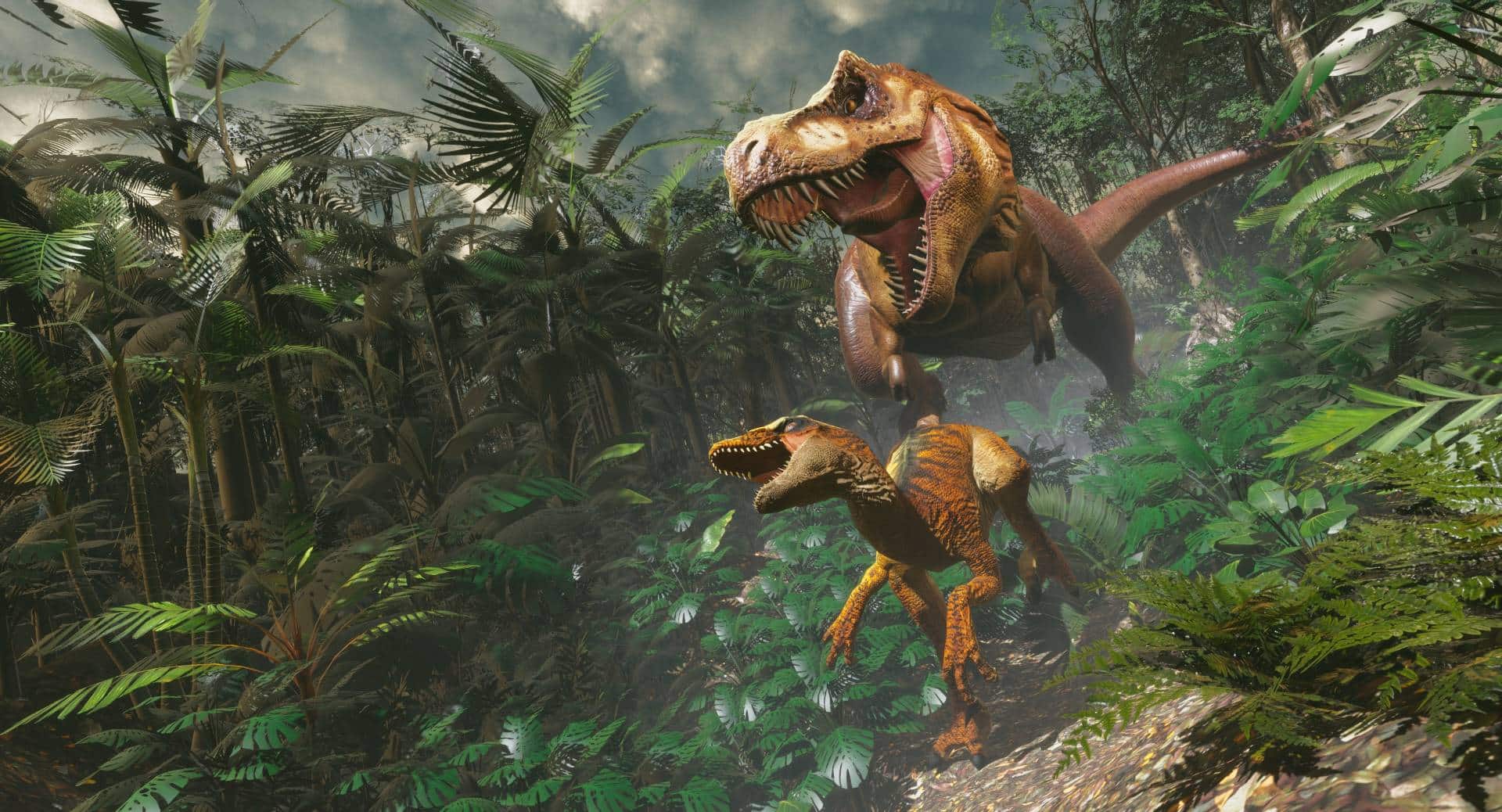Have you ever imagined what life would be like if you were living in a world dominated by dinosaurs? Or have you always been fascinated by the idea of excavating ancient fossils and uncovering the mysteries of prehistoric organisms? Look no further than the game “Fossils,” a thrilling adventure that allows players to become paleontologists and experience the thrill of digging up and reassembling dinosaur bones. Step into the shoes of a virtual scientist and embark on a journey through time to uncover the secrets of our planet’s past. In this article, we’ll explore the ins and outs of “Fossils,” from its stunning graphics to its educational gameplay, and dive into what makes it such a unique and captivating experience.
1. “Unearthing the Past: The Fascinating World of Fossils”
Fossils are nature’s time capsules, preserving ancient life forms and offering a glimpse into the history of our planet. These remnants from the past are not just impressive to look at, but they also provide valuable insights into the evolution of life on Earth. Here are some fascinating facts about fossils:
- Fossils come in many different types, including body fossils (such as bones or shells), trace fossils (such as imprints or footprints), and chemical fossils (such as molecular remnants).
- Fossils can be dated using various techniques, such as radiometric dating (which measures the decay of radioactive isotopes) and stratigraphy (which uses the layers of rock to determine the age of the fossil).
- Fossils have spurred some of the greatest discoveries in science, such as the realization that dinosaurs once roamed the Earth and the discovery of the Lucy skeleton, an early hominid that shed light on human evolution.
Despite their significance, fossils are still being uncovered today, with new species and specimens being discovered all the time. Unearthing the past is a never-ending endeavor, and each fossil that is found brings us one step closer to understanding the incredible diversity of life that has existed on Earth.
2. “From Dinosaurs to Megalodons: Discovering the Wonders of Fossil Species”
Fossils are the preserved remains or traces of ancient organisms that lived millions of years ago. They offer a glimpse into the past and provide insights into the evolution and diversity of life on Earth. There are many types of fossils, including bones, teeth, shells, and imprints, each with its unique story to tell.
One of the most fascinating aspects of fossils is the incredible diversity of species that have been discovered. From the mighty Tyrannosaurus Rex to the massive Megalodon shark, the fossil record is full of iconic and awe-inspiring creatures. Each fossil species has its unique adaptations and behaviors that allowed it to thrive in its environment. Studying these fossils can help us better understand the history and complexity of life on our planet.
Some examples of famous fossils species are:
– Triceratops: a herbivorous dinosaur with three horns, a bony frill, and a massive body that roamed North America during the Late Cretaceous period.
– Saber-toothed tiger: A predatory mammal with massive canine teeth that lived during the Pleistocene epoch and hunted large herbivores such as mammoths and bison.
– Ammonites: An extinct group of marine mollusks that lived from the Devonian period to the end of the Cretaceous period. They had a coiled shell with ridges and were an important prey for marine predators.
Overall, fossils are an incredible window into the past and allow us to explore the diversity and complexity of life on Earth. From dinosaurs to megalodons, there is still so much to learn and discover through the study of fossils.
3. “Exploring the Science of Fossil Formation and Preservation”
Fossils are the preserved remains, impressions, or traces of ancient living organisms that are collected and studied by paleontologists. They provide valuable information about the past and can reveal important details about the evolution of life on Earth. The process of fossil formation and preservation is a fascinating scientific phenomenon that has been extensively researched over the years.
- There are various factors that contribute to fossil formation, such as the type of organism, the environment in which it lived, and the conditions in which it died. For example, soft-bodied organisms such as jellyfish are less likely to fossilize compared to hard-bodied creatures like shells or bones.
- Preservation can occur through several methods such as petrification, where minerals fill in the spaces left by decomposed tissues, or carbonization, where pressure and heat cause the organic material to leave an imprint on the surrounding rock.
Understanding how fossils form and the different types of preservation techniques can aid scientists in identifying and interpreting these ancient remains. It can also give insight into the environmental and geological factors that may have contributed to their preservation.
Moreover, the study of fossils provides clues about the biodiversity of past ecosystems and the evolution of life forms. Uncovering these hidden treasures of our planet not only helps answer questions about our past but also inspires imagination and awe at the complex processes that shape our world.
4. “Reviving Ancient Worlds: The Role of Fossils in Understanding Evolutionary History
When we think of fossils, we typically envision old and buried remains of ancient creatures. Yet, these remnants are evidence of more significant evolutionary implications. The study of fossils plays a crucial role in understanding the history of life and the planet itself.
Through fossils, scientists can reconstruct the history of species and their evolutionary relationships. They can also learn about the diverse ecosystems that existed in the past and better understand their dynamics, which can inform our current conservation efforts. Fossils also provide insight into the conditions that shaped ancient worlds such as climate, geology, and geography. We can use this knowledge to predict and prevent future environmental changes that could affect the planet and our own survival.
- In Conclusion: Fossils are the footprints of ancient worlds, and they hold the key to unlocking the mysteries of life’s past. By understanding the evolutionary history of species and the environments that shaped them, we can better understand our planet’s history and inform our future.
- Key Takeaways:
- Fossils are essential in reconstructing the evolutionary relationships of species.
- Fossils provide insight into ancient ecosystems, which can inform our current conservation efforts.
- Fossils are crucial in understanding the conditions that have shaped our planet throughout history.
As we take a step back from our journey through the prehistoric world of Fossils, it’s clear that this game is more than just fun and games – it’s a testament to the power of imagination and innovation. With its stunning graphics and captivating storyline, it has become a fan favorite, bringing us one step closer to unlocking the secrets of our past. Whether you’re a novice or seasoned player, Fossils is sure to provide a thrilling adventure that will leave you wanting more. So step into the shoes of a paleontologist, and discover the mysteries that lay hidden beneath the sands of time. Are you ready to unearth the treasures that await you? The adventure awaits.



